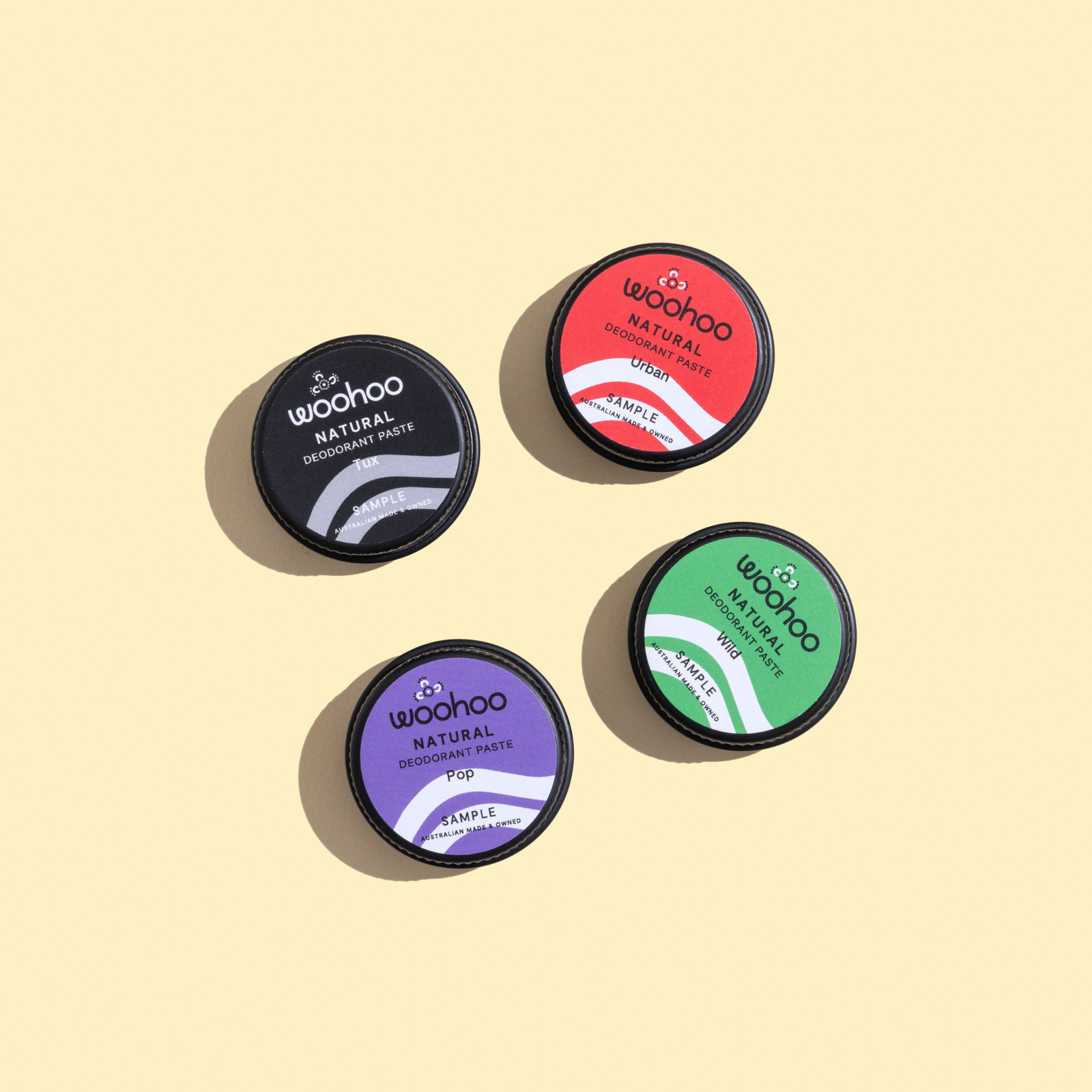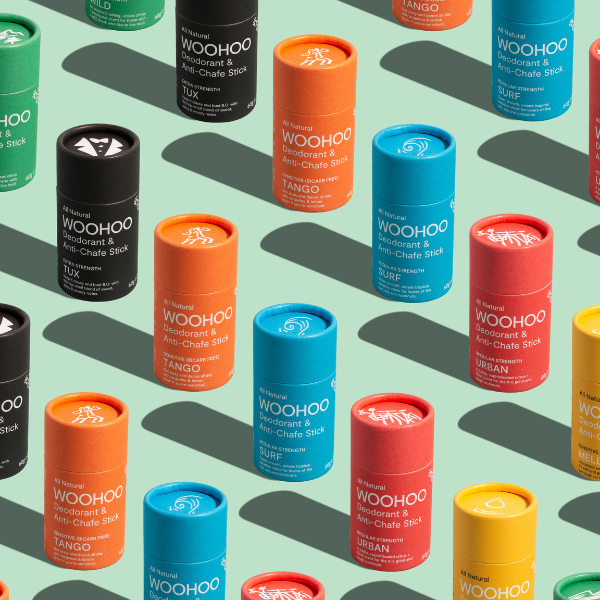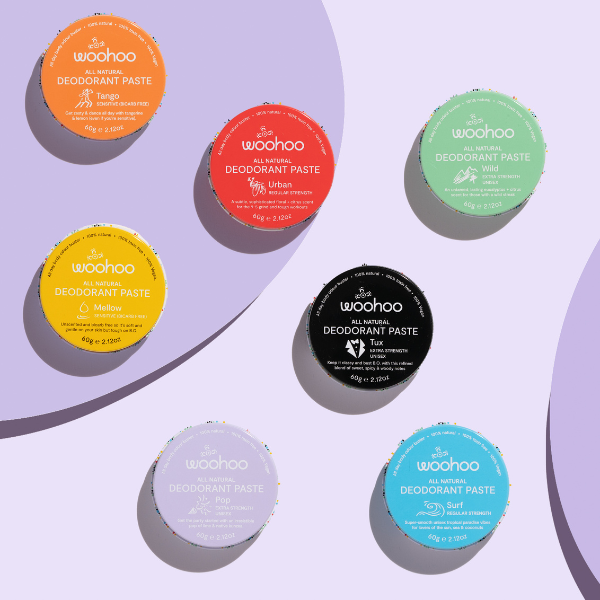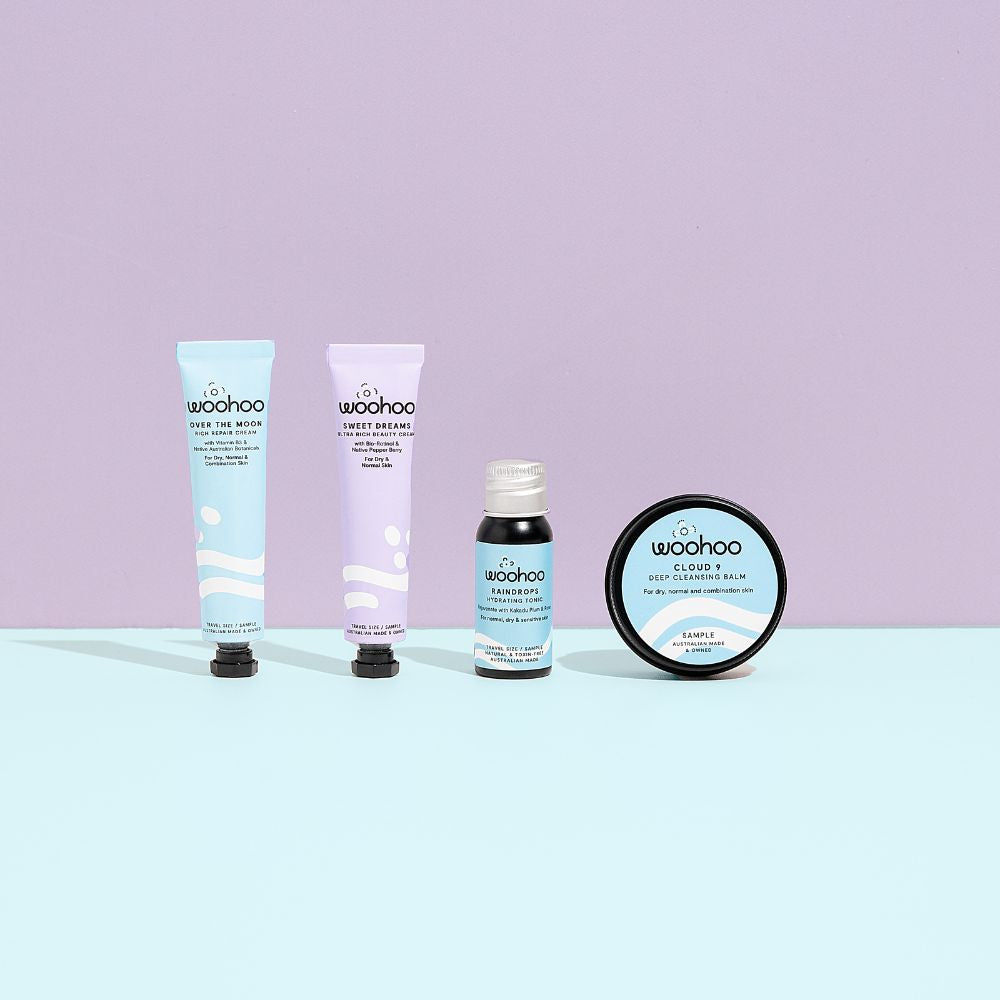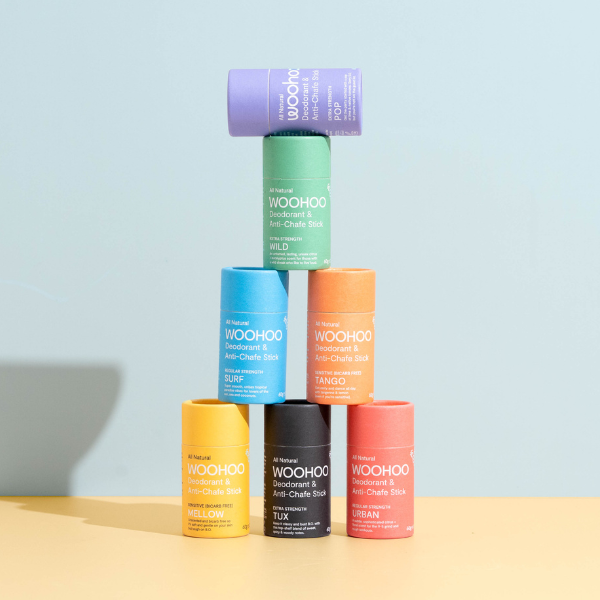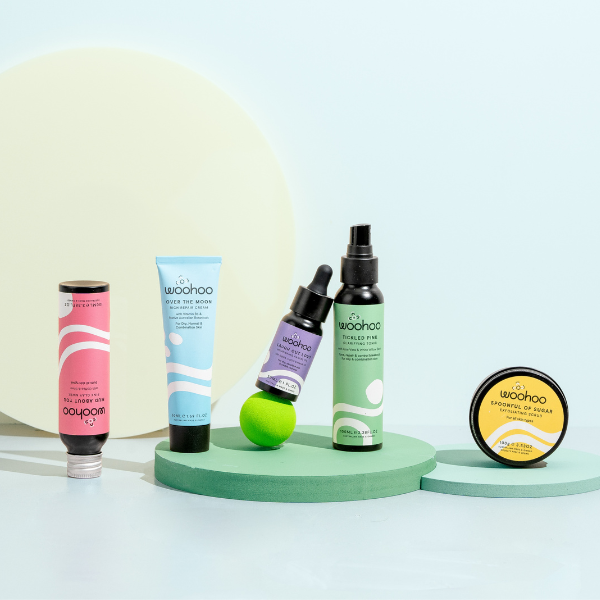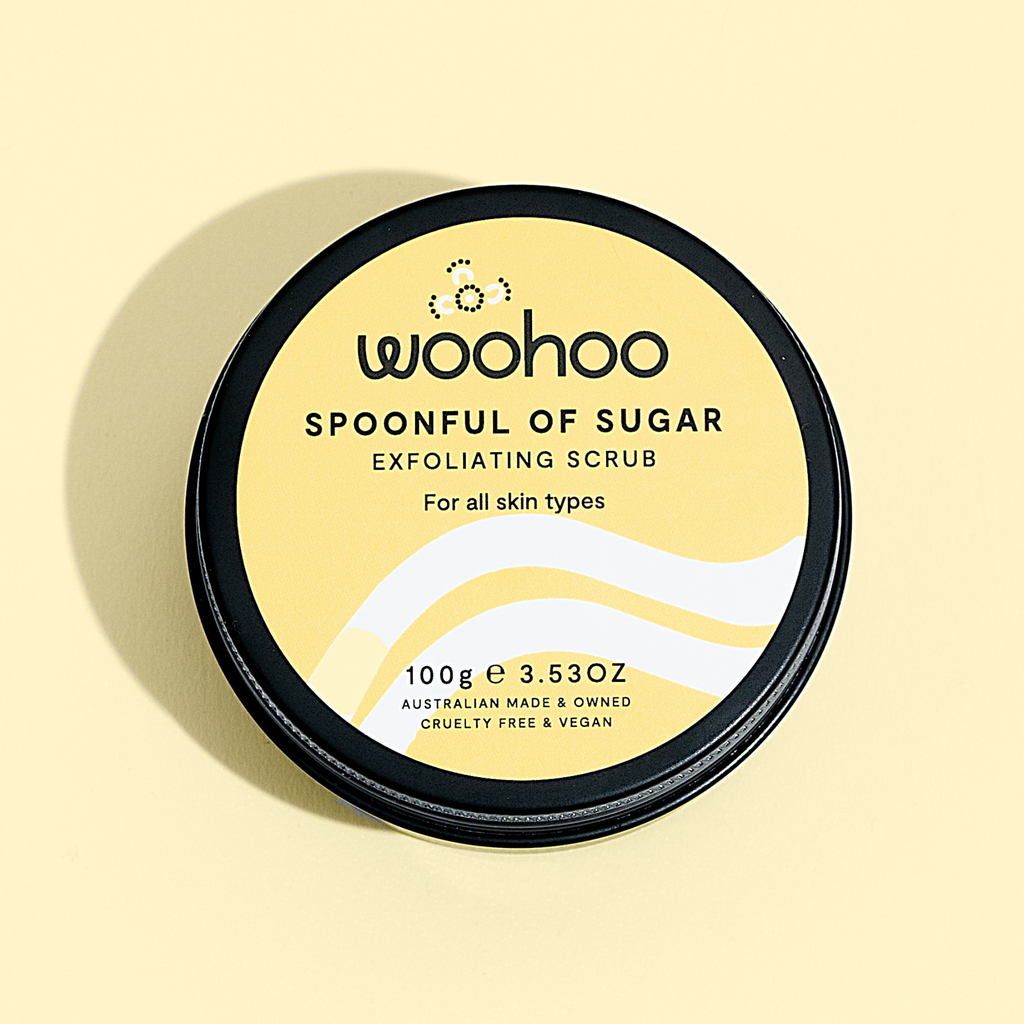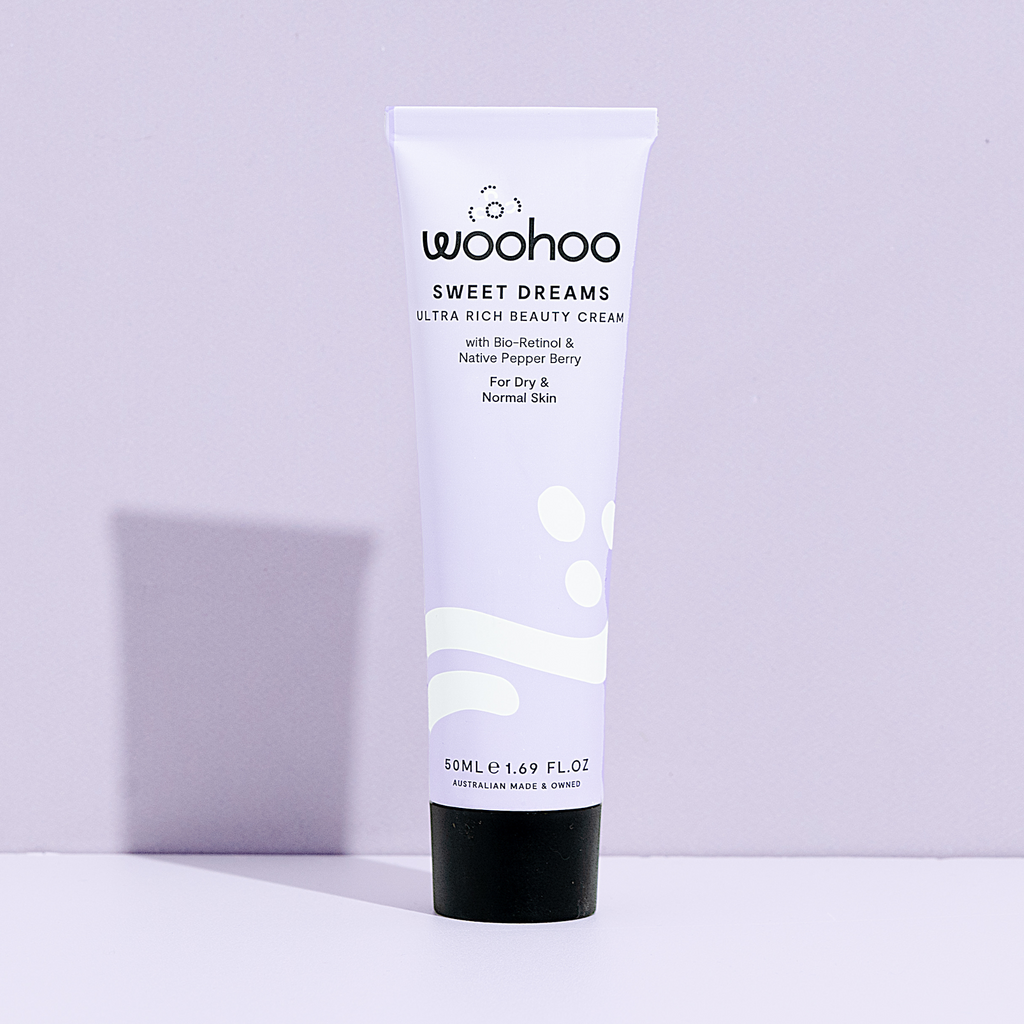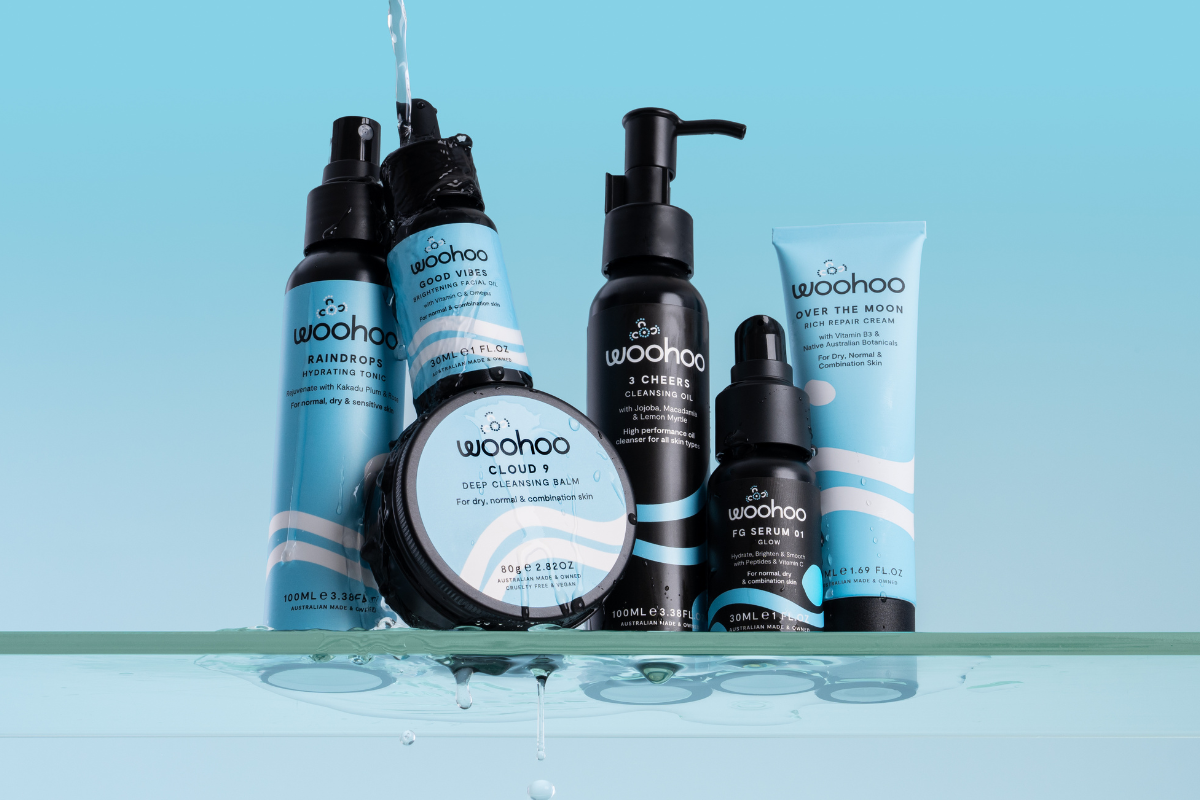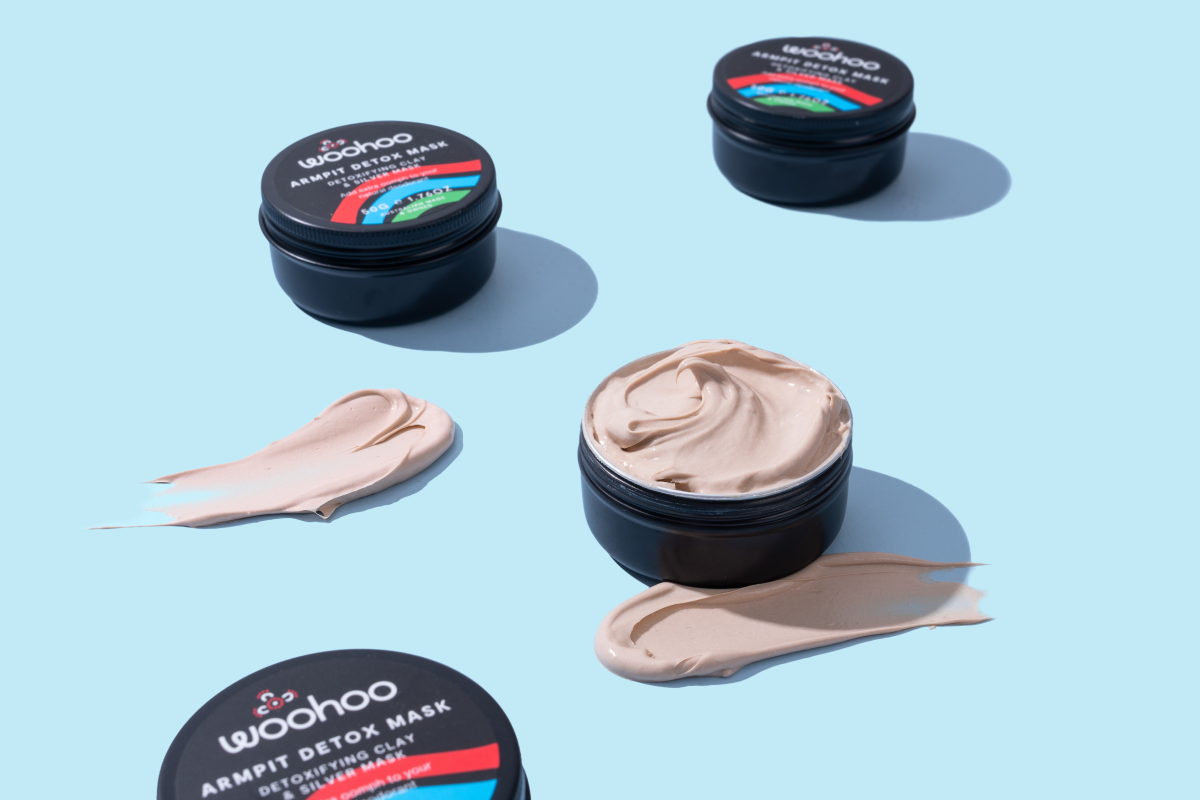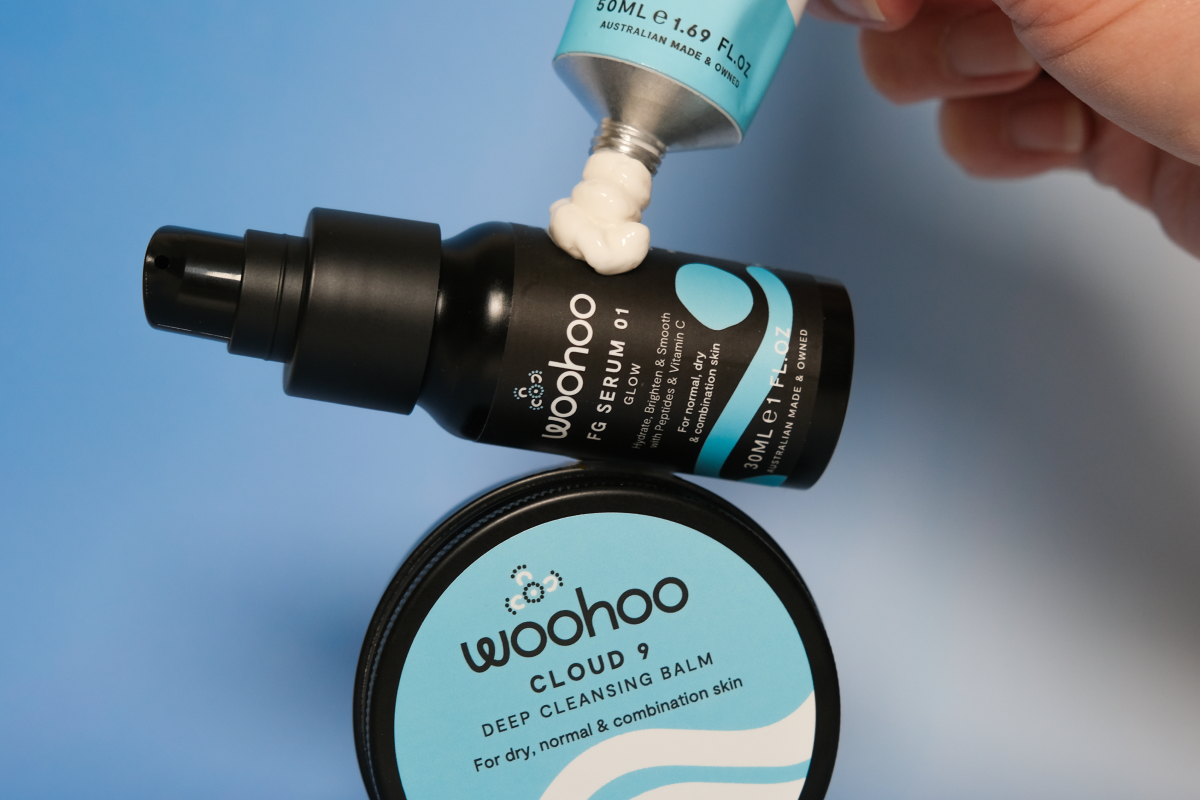If you’ve ever researched or purchased a skincare product that’s targeted at “anti-ageing” (1) you’ve probably heard the words “skin renewal” bandied about.
It sounds impressive, so surely a product with skin renewal benefits is good, right? Well, yes, it usually is. But not always.
In today's blog post we're going to explain a bit about what skin renewal actually is, and why too much skin renewal can be a bad thing.
Skin renewal is your body’s natural ability to turn over skin cells - constantly creating new cells and shedding the old, dead ones that it doesn’t need anymore. Your body is such an incredible thing, and this is just one of the many clever things it does.
Your skin cells perform the very important job of protecting the insides of your body from what is going on in the outside world (and we’ll have to save the details for another blog post). Once a cell has done its duty on the frontline it’s no longer needed by your body and it dies (sounds a bit harsh, doesn’t it!?). Your body is doing this 24/7, even while you sleep.
The older we get, the slower your skin renews
When you’re young approximately every 27 days your skin is completely renewed (that’s why you should wait around a month after starting a new skincare regime before you expect to see real results). However, as you age the rate that your skin renews itself slows down.
Scientists believe that the renewal process starts slowing from when you’re as young as 20 years old. By the time you’re 40 it takes 45 to 60 days for your skin to renew, and it keeps getting slower as we get older, increasing to 90+ days for the complete renewal of your skin cells.
If you want happy skin, don’t let those dead skin cells hang around
Now that you know all about what skin renewal is and how long it takes, it’s time to think about what happens to your dead skin cells once your body is done with them. Usually they just fall away – did you know that a significant amount of the dust found in our homes is actually dead skin cells? Gross! ;)
Not all of your dead skin cells fall off though, and they can sit around on the surface of your skin. This can make your skin look dull and dehydrated. The build-up of old skin cells can also clog your pores and contribute towards congestion, blackheads and acne.
Worst of all your precious potions and lotions won’t be working as effectively because you’re applying your products to dead skin cells rather than the lovely new ones underneath and your products won’t penetrate through the layer of dead skin.
In case you’re wondering what you can do about this build-up of dead skin cells and speeding up your skin’s renewal process we’ve got some good news. There are a couple of ways you can help move things along :)
Renewal booster #1 - Exfoliate regularly
There’s a place for exfoliation in pretty much everyone’s skincare routine because this can be the easiest way to say “See ya” to dead skin cells that can lurk on the surface of your skin, revealing the newly formed skin cells underneath.
Exfoliation can be mechanical (using solid particles to buff away dead skin cells) or liquid (using acids to break down the inter-cellular cement (2) between the skin cells so they’re easily wiped or washed away).
In our Happy Range we have a couple of mechanical exfoliators to choose from - our award-winning Spoonful of Sugar Exfoliating Scrub, and our lesser known but equally as awesome Kicks and Giggles Coffee Body Scrub.
When it comes to liquid exfoliators, our long time favourite tonic - the Tickled Pink Perfecting Tonic - provides very mild exfoliation using papaya enzymes, but we’re excited to share that we’re currently testing out a new formula for a liquid enzyme exfoliating mask. More on that soon!
A word of caution
Be careful and don’t over-do it! Too much exfoliation – whether it’s mechanical or liquid – can lead to unhappy skin. If you exfoliate your skin too much you can damage your skin’s barrier and cause micro-tears, leading to damage and irritation.
An exfoliator should never leave your skin with a burning feeling or red and raw. If this is something you’re experiencing then it’s time to stop and check in with your skincare routine!
Whichever type of exfoliation you choose, we recommend exfoliating 1-3 times per week based on your individual skin needs (very sensitive skin should exfoliate once, whereas other skin types can exfoliate more often).
Renewal booster #2 - Powerhouse ingredients - Vitamin A (Retinol) and Moth Bean Extract
Vitamin A is a very clever ingredient which – just like an exfoliator – can boost your skin’s renewal, helping your skin turnover skin cells, giving you a gorgeous glow. But it’s not all roses with Vitamin A.
As much as we love the idea of Vitamin A’s skin renewal powers, it comes with some genuine concerns. Vitamin A is known to cause skin sensitivity as well as photosensitivity (making your skin burn easier – not cool!). Also if you happen to be pregnant it’s safest that you don’t use Vitamin A in your skincare because you need to monitor closely how much you are getting. That’s because too much Vitamin A can have adverse effects.
So for these reasons we DON’T use Vitamin A in our Woohoo Skincare products. But don’t worry - we use something even better to achieve the same benefits without the side effects.
When formulating our Sweet Dreams Ultra Rich Beauty Cream we discovered an ingredient that is a botanical alternative to Vitamin A. It is Vigna Aconitifolia Seed Extract aka Moth Bean Extract. It contributes to skin renewal for smoother brighter skin just like Vitamin A, but minus the sensitivity and other concerns.
Both Vitamin A and Moth Bean extract help turn your skin cells over faster, keeping your turnover on track so you’re constantly building fresh, new skin cells and your skin is bright and glowy.
Click here to learn more about the Sweet Dreams Ultra Rich Beauty Cream.
Notes:
- We’re not anti-ageing - we’re pro-ageing here at Woohoo Skincare!
- Your “Inter-cellular cement” is made up of the lipids (fats) that surround your skin cells to hold them together.
References:
- https://www.webmd.com/beauty/cosmetic-procedures-overview-skin#2
- https://www.aestheticscienceinstitute.edu/library/dermal-and-epidermal-aging
- https://www.dermascope.com/aging/aging-beneath-the-surface-understanding-aging-on-a-cellular-level
- https://journals.sagepub.com/doi/pdf/10.1177/156482650102200304

